The Maharashtra Housing and Area Development Authority (MHADA) has raised concerns over the safety of 20 residential buildings in South Mumbai, categorizing them as extremely dangerous and urging residents to evacuate before the arrival of the monsoon season. This move comes as part of MHADA's annual pre-monsoon audit, a proactive measure to assess the structural integrity of buildings and mitigate potential risks posed by heavy rains.
Assessing Building Safety
MHADA's pre-monsoon audit is a critical component of its efforts to ensure the safety and well-being of residents across Mumbai. The authority meticulously inspects buildings, considering factors such as structural stability, age, and maintenance history. Buildings deemed unsafe are promptly identified and residents are issued evacuation notices to prevent any potential disasters during the monsoon.
Annual Pre-Monsoon Survey
The annual pre-monsoon survey, conducted by the Mumbai Buildings Repairs and Reconstruction Board, aims to identify old and dilapidated structures that pose potential hazards. This year's list includes 20 buildings, with four of them having been on the list in the previous year as well.
List of Dangerous Buildings
1. Building No. 4-4A, Navroji Hill Road No. 1, Jolly Chambers (also on last year's list)
2. Building No. 57, Nizam Street
3. Building No. 67, Masjid Street
4. Building No. 52-58, Babu Genu Road
5. Building No. 7 Khanderao Wadi/204-208, Kalbadevi Road
6. Building No. 52-52A, 2nd Deccan Cross Road
7. Building No. 125-127A, Jamna Nivas, Khadilkar Road, Girgaon
8. Building No. 314B, Brahmand Co-op Housing Society, V.P. Road, Girgaon
9. Building No. 418-426 S.V.P. Road, (124 to 134A) Golecha House
10. Building No. 83-87, Rawate Building, J.S.S. Road, Girgaon
11. Building No. 213-215 Dr. D.B. Marg
12. Building No. 38-40, Slater Road
13. 9D Chuna Lane
14. 44E Naushir Bharucha Marg
15. 1 Khetwadi 12th Lane
16. 31C and 33A, R. Rangnekar Marg and 19 Purandare Marg, Girgaon Chowpatty (also on last year's list)
17. Building No. 104-106, Meghji Building, A, B, and C Wing, Shivdas Chapsi Marg (also on last year's list)
18. Building No. 55-59-61-63-65 Sophia Zuber Marg
19. Building No. 44-48, 33-37 and 9-12 Kamathipura 11th and 12th Gully, Deval Building
20. Final Plot No. 721 and 724 TPS-3 Division, Building No. 40B and 428, Cess No. G North 50-95(1) and G North-5103 Atmaram Building and Penkar Chawl (also on last year's list)
Evacuation and Relocation
These 20 buildings collectively house 711 residents, including 494 residential and 217 non-residential occupants. So far, 36 residents have secured alternative accommodation independently, while 46 have been relocated to transit camps. The remaining residents are in the process of being relocated, with arrangements being made for 412 residential tenants to move to transit camps provided by the Board.
Urgency for Evacuation
The urgency for residents to vacate these buildings cannot be overstated. With the monsoon season fast approaching, the risk of structural failure due to waterlogging and weakening foundations becomes significantly higher. MHADA's proactive approach aims to mitigate this risk by urging residents to relocate to safer accommodations before it's too late.
Challenges and Concerns
Despite MHADA's appeals, some residents may be reluctant to vacate their homes. Factors such as location preferences, social ties, and the lack of alternative housing options can complicate evacuation efforts. Additionally, the redevelopment of dilapidated buildings remains a complex and time-consuming process, further exacerbating the challenges faced by residents and authorities alike. The Board urges all tenants and residents to cooperate fully with evacuation procedures and adhere to safety protocols. Immediate evacuation is crucial to prevent accidents and potential loss of life and property. Residents are encouraged to report any signs of danger or incidents to the Control Room, which operates 24/7.
Impact on Real Estate Market
The identification of unsafe buildings in South Mumbai sheds light on the broader challenges within the city's real estate market. The presence of dilapidated structures not only poses risks to residents but also affects property values and investor confidence. Addressing these challenges requires concerted efforts from government agencies, developers, and community stakeholders to prioritize safety and sustainable urban development.
Looking Ahead
As Mumbai braces for the upcoming monsoon season, the safety and well-being of residents must remain paramount. MHADA's proactive measures, coupled with collaborative efforts with BMC and other stakeholders, serve as a critical line of defense against potential disasters. However, the long-term solution lies in comprehensive urban planning, infrastructure development, and the timely redevelopment of dilapidated buildings to create safer and more resilient communities.
Image source- hindustantimes.com

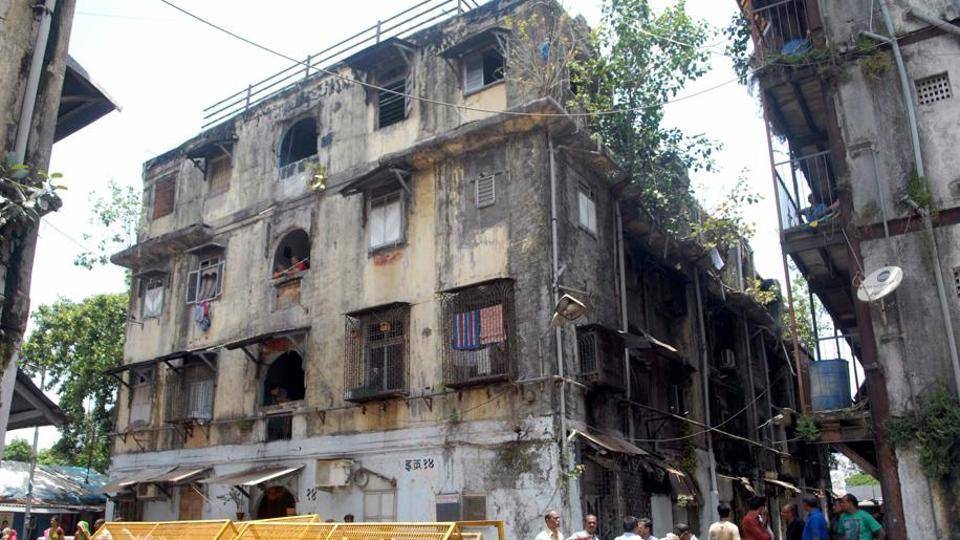
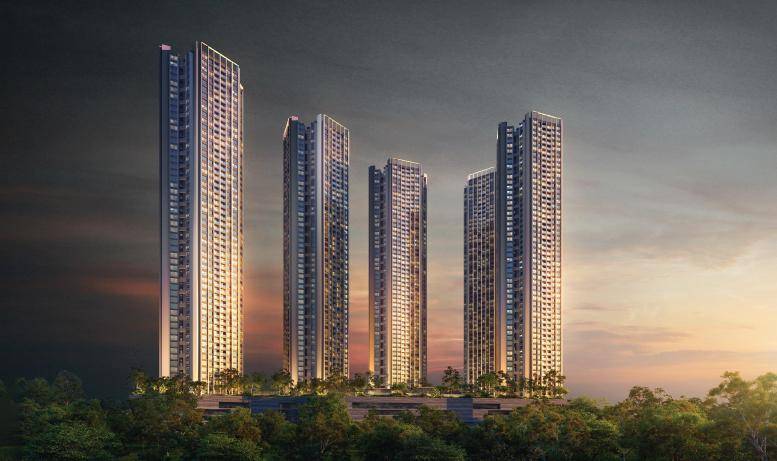

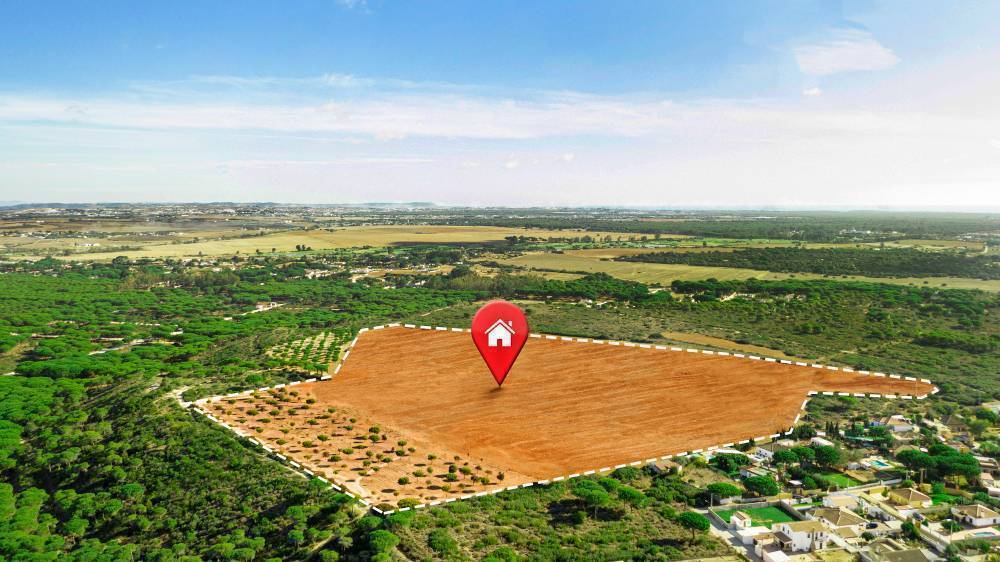
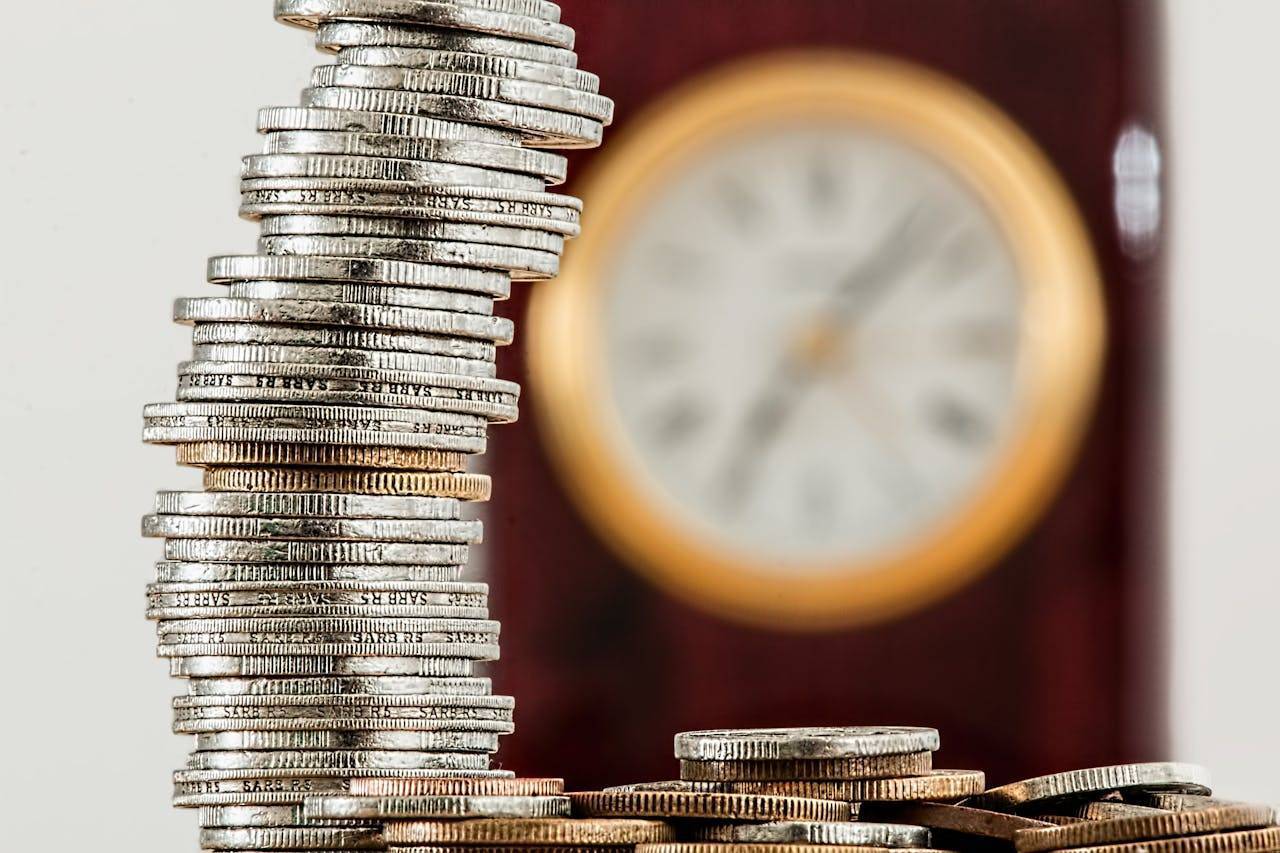

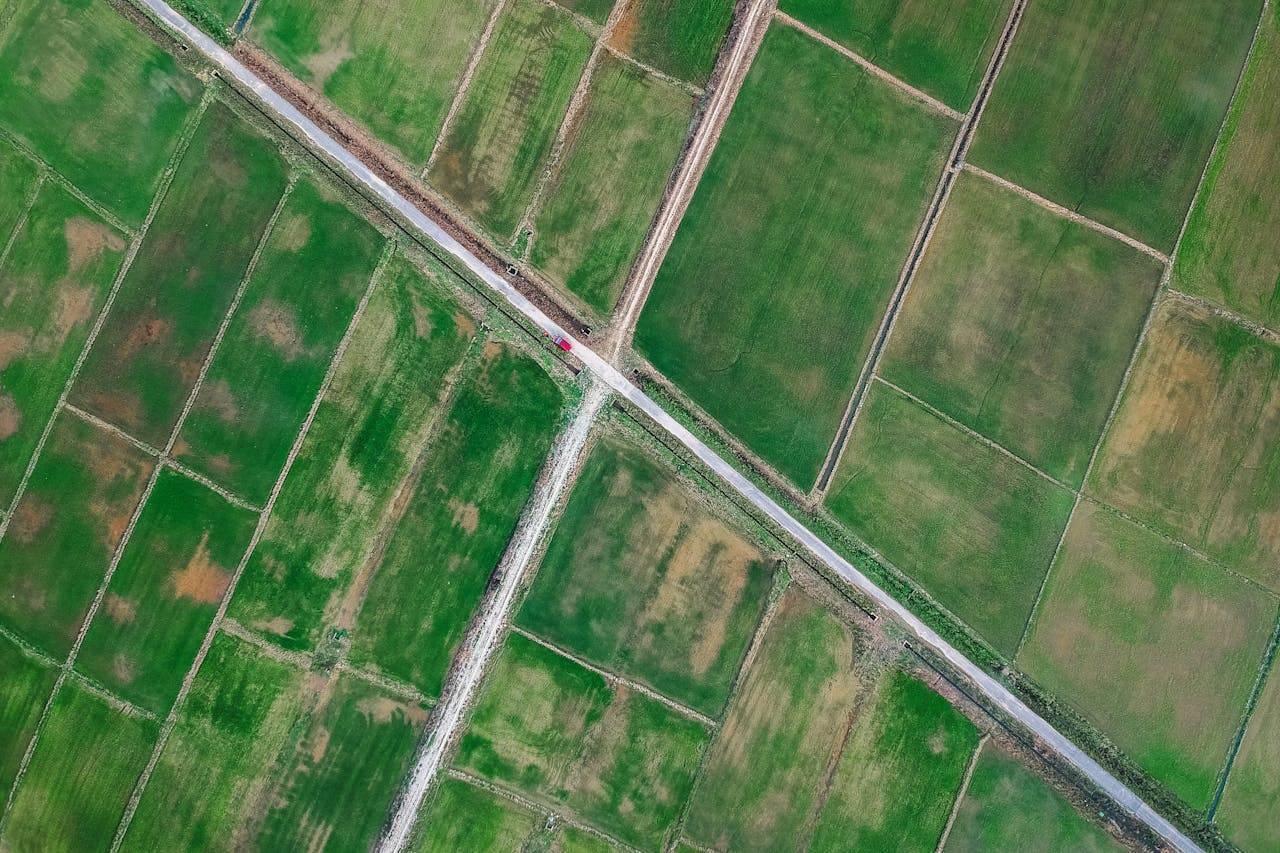

.png)